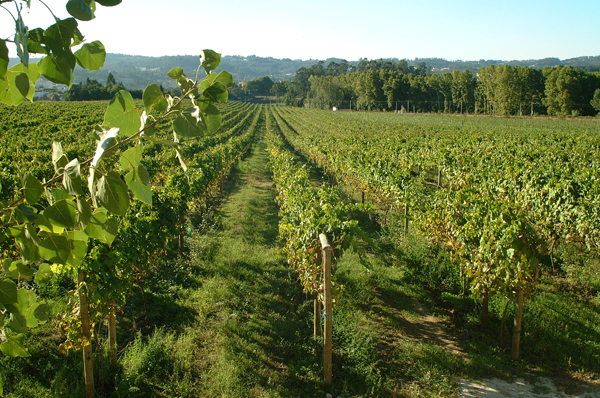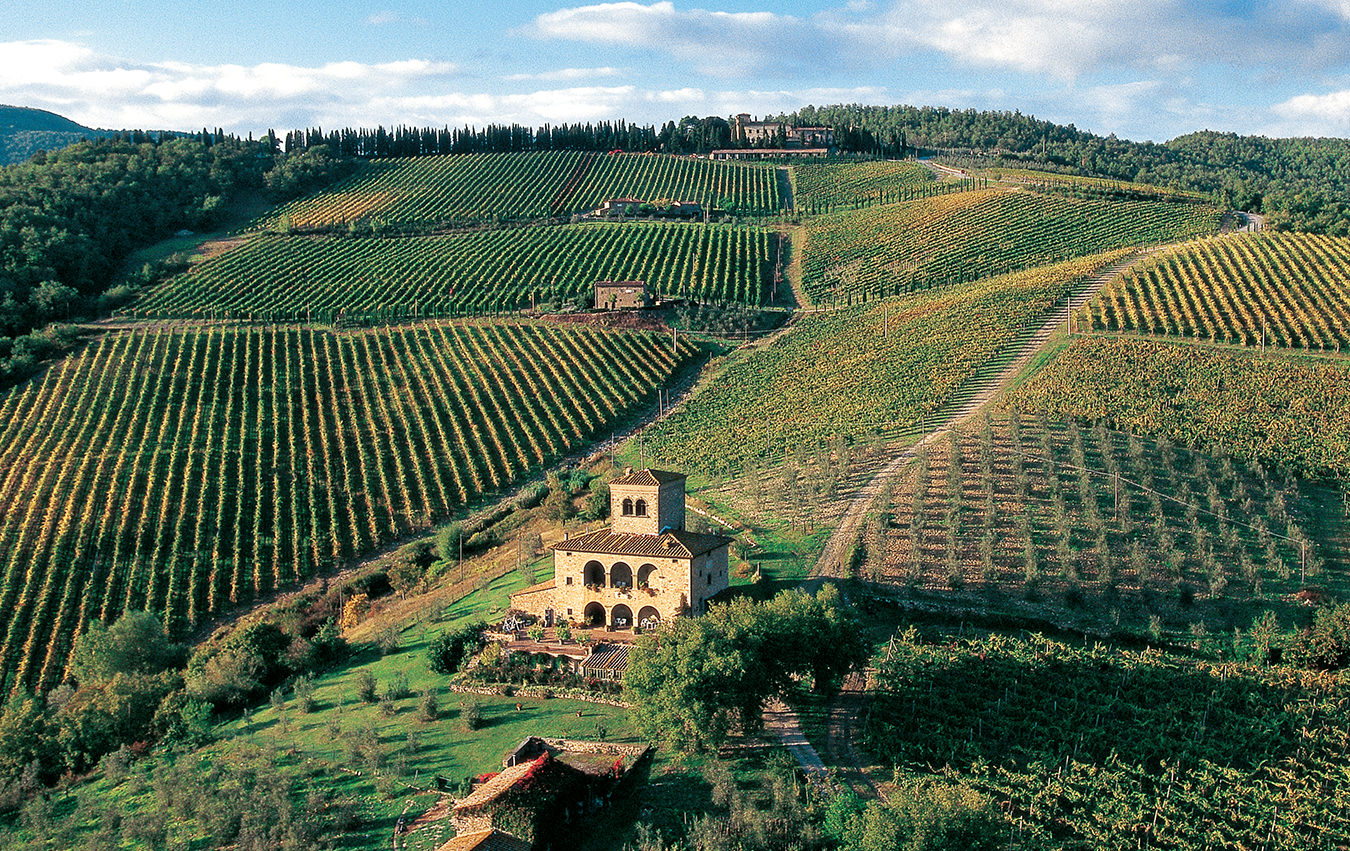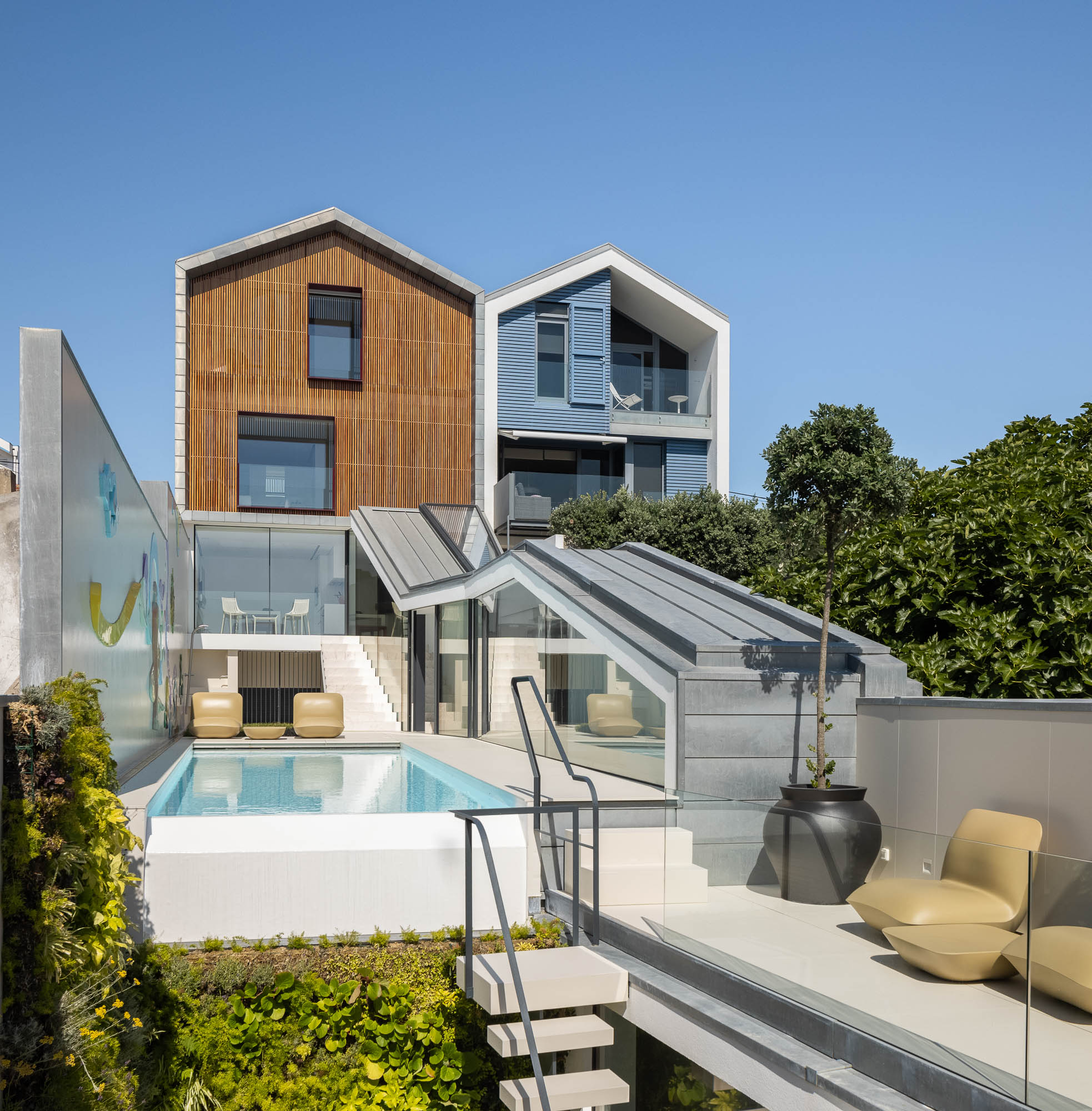The New Generation of Refreshing Summer Wines From Portugal
Vinho Verde.

For years the wines of Portugal’s Vinho Verde region have been popular as easy-drinking summer staples. They are usually white, fairly dry, light-bodied, and low in alcohol, and their subtle dose of refreshing fizz makes them perfect for warm weather. Vinho verde means green wine, and there’s plenty of confusion over its significance, with some saying it refers to the lush verdure of this fairly damp region of northwest Portugal.
But green refers to the wine, not because it has green highlights (as some whites have) but because it is meant to be consumed young. The standard advice has been that vinho verde, like beaujolais nouveau, should be drunk in its first year—by the end of the year following the vintage. But that’s changing, as several of the wines suggested here demonstrate. They are from the 2018 vintage, so received wisdom would have them starting to decline from late 2019 or early 2020. Instead, they are in impeccable shape and will continue to be for at least another couple of years.
The ability to age is one of the transformations taking place in vinho verde wines. Largely the work of a new generation of winemakers, a range of wines in a new style have been heading our way in the last few years. They have more body, more structure, more lasting power, and they are less given to the slight spritziness characteristic of the crowd-pleasing style of vinho verde. The fizz was originally a result of bottling the wine before the fermentation was completely finished, but now it is generally added by light carbonation.
Dária Ferreira, of the Viticulture Commission of the Vinho Verde Region, says consumers want “more complex, more mineral, structured wines” and that climate change is helping the shift in style by offering “new possibilities for ripeness, body, and fruitiness.” Producers are increasingly focusing “mostly on the microterroirs, exploring the wine diversity that can result from it.”
In some respects, the new style of vinho verde follows the contours of the more familiar style. It is mostly white wine, although rosé is increasing and there are reds, and it is made from the same grape varieties. The most common, and some would say the best, is alvarinho, the same variety as albariño, the famous grape of Spain’s Rías Baixas region, which is just north of Vinho Verde. In addition to alvarinho, vinho verde varieties include loureiro, trajadura, and arinto.
Alvarinho is the variety in Arca Nova, Quinta da Lixa Pouco Comum, and the Via Latina wines, where it delivers good body, fine aromatics, and well-focused fruit that often carries hints of muskiness and is backed by fresh acidity. Soalheiro Alvarinho Reserva 2018 is an elegant, well-structured wine, with complex flavours and finely balanced acidity. The loureiro grape features in Adega Ponte de Lima, where the acidity plays a slightly more prominent role in a perfectly balanced partnership with well-defined fruit.
A very attractive outlier is Quinta da Lixa Morgado da Vila Pét-Nat 2018, a pétillant naturel wine—the first of this style produced in Vinho Verde—which is made by allowing the wine to complete fermentation in the bottle. As a result, it’s not filtered or fined, and cloudiness is a characteristic of the style. This is a delicious blend of alvarinho and loureiro, having just the right degree of bubble activity and a lovely combination of fruit flavours and pungent yeasty notes.
Wines from Vinho Verde are going from strength to strength, with almost half the production now exported, and the new generation of vinho verde wines is well worth looking for. It’s an effortless way to green your wine choices.
Some vinho verde wines to try:
Adega Ponte de Lima Loureiro 2020
Arca Nova Alvarinho 2020
Quinta da Lixa Morgado da Vila Pét-Nat 2018
Quinta da Lixa Pouco Comum Alvarinho 2019
Soalheiro Alvarinho Reserva 2018
Vinho Verde de Via Latina Alvarinho 2018








